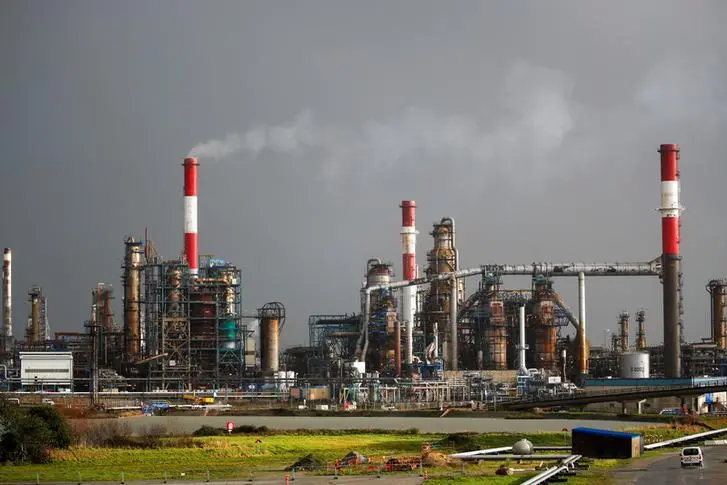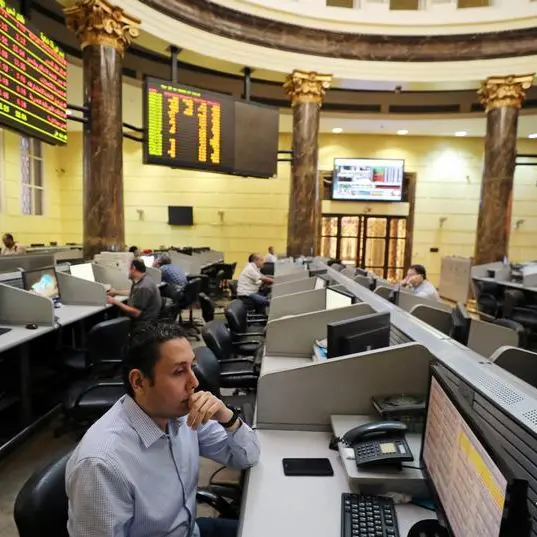PHOTO
It was a very mixed week, with oil prices remaining relatively steady despite mixed bearish developments. The commodity market is seeing renewed confidence from investors who have pushed oil prices more than 40 percent since the end of October 2020 after a series of coronavirus vaccine breakthroughs, which raised expectations for a sustained recovery in oil consumption.
On the week closing, Brent crude price made the first weekly decline in three weeks when it fell to $55.10 per barrel. The WTI ended the week slightly up at $52.36 per barrel. The Brent crude weekly price drop came amid the highest increase in COVID-19 cases in China in more than 10 months, which have led to isolation measures and weighed on oil market sentiment.
This week bearish news came mostly from China (the largest oil importer) after its crude oil imports slumped to 9.1 million barrels per day (bpd) in December 2020, from 11.1 million bpd in November 2020. That is the lowest oil import level in 27 months.
The US is planning a stimulus package that some hope will revive its economy and help oil market recovery. The US Energy Information Administration (EIA) reported the latest US crude inventories were lower for the fifth straight week, dropping by 3.2 million barrels. The EIA also surprised the market with its pessimistic forecast for US crude oil production to average 11.1 million bpd in 2021, down by 200,000 bpd from the 2020 average production level.
On the other hand, the OPEC monthly oil market report gave an optimistic oil supply outlook for US shale oil in 2021. With oil prices increasing, OPEC expects oil output to recover more in the second half of 2021 but this is very unlikely to hamper OPEC+ efforts to rebalance if oil demand goes to pre-pandemic levels.
The OPEC monthly report shows total commercial oil stocks for the OECD were at 163.1 million barrels above the latest five-year average for November 2020, which is the latest available data.
OPEC left its forecast for world oil demand unchanged, which has declined by 9.8 million bpd to an average of 90 million bpd in 2020. For 2021, OPEC forecast global oil demand to increase by 5.9 million bpd to average 95 million bpd.
OPEC reported mixed results for global refining margins in December 2020, slightly improving in the US but weaker in Europe. The surge in crude oil prices weighed further on Asian refining economics after returning from the autumn peak maintenance season. That contributed to a slight rise in available spare capacity as it awaits the right economic incentives.
OPEC reported US refinery use rates increased in December 2020 to average 79.14 percent while European refinery use averaged 65.32 percent. In selected Asia countries — China, India, Japan, Singapore and South Korea — refinery use rates increased, averaging 89.83 percent in December, corresponding to a throughput of 25.52 million bpd.
• Faisal Faeq is an energy and oil marketing adviser. He was formerly with OPEC and Saudi Aramco. Twitter:@faisalfaeq
Copyright: Arab News © 2021 All rights reserved. Provided by SyndiGate Media Inc. (Syndigate.info).












